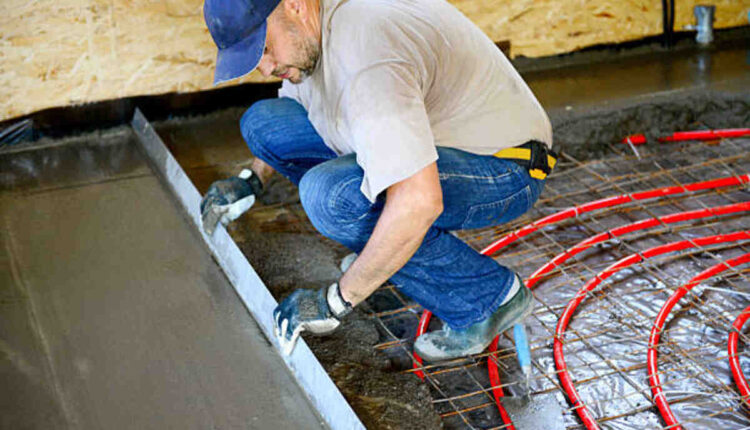I’m often on the lookout for innovative solutions that could reduce my carbon impact and create a more sustainable, livable space. One area that has caught this attention is sustainable home heating solutions, particularly underfloor home heating, and renewable energy integration. On this page, I’ll explore the benefits, technological innovation, and integration possibilities of all these solutions and why these kinds are becoming increasingly popular among environmentally conscious house owners. The Interesting Info about underfloor heating.
The Importance of Sustainable Heating
Home heating is one of the most significant contributors to greenhouse gas emissions in your homes, accounting for approximately forty percent of our energy consumption. Classic heating systems, such as fossil fuel-based boilers and radiators, are not only inefficient but also lead to climate change. As a group, we must choose sustainable heating solutions that reduce our reliance on fossil fuels and minimize each of our carbon footprints.
Underfloor Home Heating: A Sustainable Solution
Underfloor heating is a handy and sustainable heating answer that’s gaining popularity among eco-conscious homeowners. This system involves the installation of heating elements, such as piping or electric mats, within the floor to warm the place. Underfloor heating offers several advantages, including:
1 . Energy Productivity: Underfloor heating can be approximately 30% more efficient than classic radiators, reducing energy ingestion and costs.
2 . Very low Maintenance: Underfloor heating methods require minimal maintenance, while they have fewer moving areas and no radiators to clean.
Several. Comfort: Underfloor heating gives a consistent, gentle warmth to gowns, perfect for cold winter mornings.
- Space-Saving: Underfloor home heating eliminates the need for radiators, freeing up wall space and creating a more minimalist aesthetic.
Electrical power Integration
To take underfloor home heating to the next level, it’s essential to assimilate it with renewable energy solutions. This can be achieved through:
1 ) Solar Thermal Systems: Harnessing solar technology to heat water, which is subsequently used to warm the underfloor heating system.
2 . Heat Sends: Heat pumps extract heat from the surroundings, such as the ground or water, and transfer it to the underfloor heating system.
- Biomass Central heating boiler: Burning organic matter in the form of wood chips or pellets to produce heat for the underfloor heating system.
Benefits of Renewable Energy Implementation
Integrating underfloor heating using renewable energy sources offers quite a few benefits, including:
1 . Diminished Carbon Footprint: Renewable energy solutions reduce our reliance on fossil fuels, minimizing our carbon footprint and contributing to climate change.
2 . Decrease Energy Bills: Renewable energy sources could significantly reduce energy bills, as the cost of generating heat is rising.
- Increased Energy Self-sufficiency: Renewable energy sources can provide electricity independence, reduce reduce reduce reduceureducecreleaselityliabiliemptyr, ty.
Rend improvers
Several local homeowners previously adopted sustainable heating alternatives, including underfloor heating and renewable energy integration. Here are a few cases:
1 . Solar Thermal Underfloor Home heating: The Smiths, a local household, installed a solar thermal underfloor heating system, which provides 80% of their heating needs.
2 . High-temperature Pump Underfloor Heating: The Joneses, a retired couple, typically installed a heat pump motor underfloor heating system, which decreased their energy bills by half.
- Biomass Boiler Underfloor Heating: The Wilsons, children of four, installed a biomass boiler underfloor heating system, which supplies 90% of their heating requirements.
Read also: How Slab Jacking Can Save Your Concrete from Cracks and Shifts


